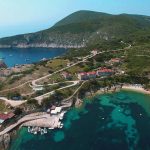Croatia boasts more than 1,000 islands. and they are full of surprises. TCN takes a closer look at some things you would not expect to find on a Croatian island on January 14, 2018.
1. Vis – the birthplace of cricket in mainland Europe
Yes really. A rather quaint story, and one which celebrated a 200th birthday in 2009. As the Vis cricket club explains:
“We have established a cricket club at this wretched place, and when we do get anchored for a few hours, it passes away an hour very well.”
Captain William Hoste (pictured above) was a former shipboy of Lord Nelson himself, a distinguished naval commander who was on his way to a knighthood and was rather more used to sinking Napoleon’s warships than guarding a small island in the Mediterranean (around 200 ships were captured or resting at the bottom of the sea on his account). His six-year posting on Vis was not entirely to his liking – after all, it was hot, isolated and Englishmen of his time were never terribly comfortable away from home; it was 1809, and air-conditioning, ice-cream, the aqualung and sun-lotion were all discoveries that lay many years into the future. Instead, they turned to that most English of pastimes – cricket! Read more.
2. Lastovo, Vis – secret submarine bases
Vis was a closed military island until just 27 years ago. Today, it is a film set for Mamma Mia 2, which will be released later this year, and many people will come and discover its many secrets. Among them is one of Tito’s submarine bases, which can also be found in Sibenik, on Lastovo and – I found out while looking for material for this article (thanks NB!) – on Brac. Vis has a truly fascinating military history, both in terms of Tito and his tunnels, but also the British influence over the centuries. Learn more here.
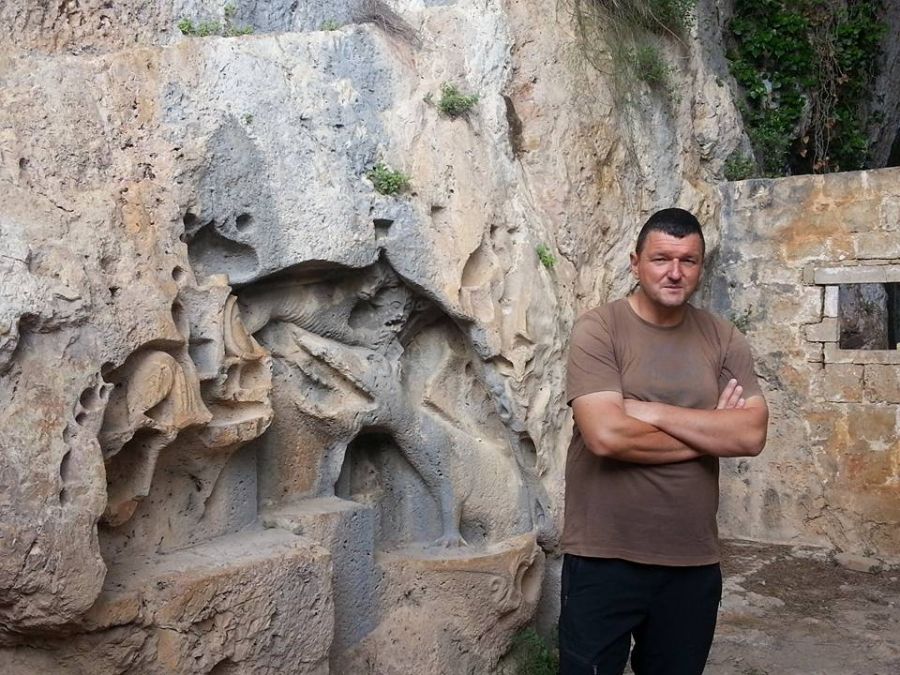
3. Brac – Dragons Cave and a grand piano-playing monastery
High above the tiny village of Murvica close to Bol on the southern shores of Brac lies a fascinating tourist attraction which is only visited by 1,000 people a year, with only man holding the key. My day hiking with Zoran Kojdic remains one of the most fascinating of my time in Croatia, as he took me to say the unexplained intricate stone carvings in a cave high above most of the island. Read more about it here. Thought that was impressive? Now check out an equally inaccessible marvel of the island, the hermitage monastery of Blaca (see video below), and spare a thought for the chaps who carried the grand piano all the way through this inhospitable terrain:
Weighing 400 kilograms; the piano was carried up the two and a half kilometre steep mountainside by workers of the hermitage. Locals say, that along the way the men drank 56 litres of wine to quench their thirst and give them the boost they needed to make it up the steep hill.
4. Palmizana – arboretum
Soon after I moved to Hvar, someone told me that the Croatian word for Paradise was ‘Palmizana’. It was only years later when I went to visit the Pakleni Islands that I realised my friend was playing with me. But Palmizana IS paradise, and what the Meneghello family has achieved since starting tourism in 1906 on an island, water or any infrastructure is truly incredible. Today, one of the premier luxury destinations in Croatia, complete with art gallery, full cultural programme, turtles, peacocks and one of Croatia’s most important arboretums. All from nothing. A truly amazing place.
https://www.youtube.com/watch?v=YWN0ui1IJs4
5. Hvar – oldest public theatre in Europe
Culture on Croatian islands goes back a long way, and among the more surprising things to find, on the main sqaure in Hvar Town, is the oldest public theatre in Europe, which dates back to 1612. The theatre has been closed for restoration for years, but I hear it will open this year. Take a sneak peak inside as I did a few years ago, catching a lone piano in rehearsal.
6. Brijuni – zebras and elephants
For exotic wildlife from all around the world, head to Brijuni. The favoured base of Tito, the ex-Yugoslav leader hosted no less than 60 heads of state at his personal retreat, with each of them bringing exotic indigenous animals to him – Shetland ponies from the Queen, elephants from Indira Gandhi (one of which was still alive when I visited four years ago). Some did not adapt to their new homes, and the stuffed animal section is a rather bizarre addition to the whole Brijuni experience. Read more about my visit here.
{Photo Romulic and Stojcic)
7. Mljet – island within an island
The most visited part of Mljet is the Mljet National Park, the first and oldest national park in the Adriatic. The park covers almost a third of the island and includes two deep bays filled with seawater known as Malo Jezero and Veliko Jezero (Small Lake and Great Lake). These unique saltwater lakes represent a unique natural phenomenon. Originally, around 10 thousand years ago, the lakes contained freshwater. The island of St. Mary is located in the southern part of the Great Lake on Mljet Island, which makes it an island within an island. With a surface area of just 1.2 acres (0.5 hectares), this small islet is most famous for the Benedictine monastery which dates back from the 12th century. The Isle of St. Mary is quite popular among the locals and is even considered a symbol of Mljet island and Mljet National Park. To find out more about the islet, and the national park, click here.

8. Hvar – edible dormouse festival
The Mediterranean Diet on Hvar and Brac became intangible UNESCO heritage in 2013, and if you are a vegetarian, there are perhaps some parts of the local cuisine you would prefer not to touch. One of the most unusual festivals I have been to is the annual Puhijada, or Edible Dormouse Festival, in the village of Dol on Hvar. And yes, that is how they serve it. Learn more in Hvar TV’s report below.
9. Baljenac – natural fingerprint
Nature plus art equals the island of Baljenac. This impressive little island located in the Sibenik archipelago, near Kaprije island, is not so much a natural wonder as it is a man-made work of art. The small island of Baljenac thanks to its intricate labyrinths of hand-built dry stone walls (suhozid) is strikingly reminiscent of a giant fingerprint. The total length of the dry stone wall system numbers 23 kilometres, which is all the more impressive when we take into the account that the island has the surface area of no more than 0.14 km2! Constructed for agricultural purposes (mostly to cultivate grapevines and fruits), these dry-wall structures were built completely by hand, using no tools or machinery. Recently, an initiative to inscribe Baljenac island in the UNESCO World Heritage has been announced. Maybe one day this fascinating ‘Fingerprint island’ may become a symbol of Croatian traditional dry stone walling. Check out this amazing aerial footage of the island.
10. Lun, Sipan and Hvar – olive heritage back to ancient times
There is perhaps nothing unexpected about finding olives on an island in the Adriatic, but those olives have stories. They include the most expensive olive oil in the world, a staggering £3,750 a litre from Hvar (learn how, where and why here), what is claimed to be the highest concentration of olive trees in the world on the island of Sipan, and an olive tree near Zastrazisce on Hvar which dates back 2,500, making it one of the ten oldest in the world. For true olive magic, however, head to the incredible olive groves on Lun on the island of Pag (see video above).
11. Iz – first international ski championship on a Croatian island
Dalmatian islands and skiing do not really go together. Or do they? Ever since a Slovak skied 5km from the top of Hvar to the beach at Dubovica on that crazy snowfall in February, 2012, I knew that anything was possible. And then the island of Iz delivered last month, hosting the first international ski race on a Croatian island, with snow from Lika and competitors from as far away as Sweden.
12 Prvic – the birthplace of the parachute
Croatia has more than played its part in innovation over the centuries. Nikola Tesla apart, Croatia has been home to several other important inventions, and you can learn more about the origins of the parachute adnd its inventor at the Faust Vrancic Museum on the island of Prvic.
13. Pag – aliens and the Pag Triangle
Yes, aliens on Pag! How else do you explain the mysterious video? More than 25,000 people visit every. Now watch the video above and tell us your theory.
14. Korcula – birthplace of the most famous traveller of all, Marco Polo
With so much beauty and things to explore, how is it that the most famous traveller of them all left it all behind and headed to China and beyond?
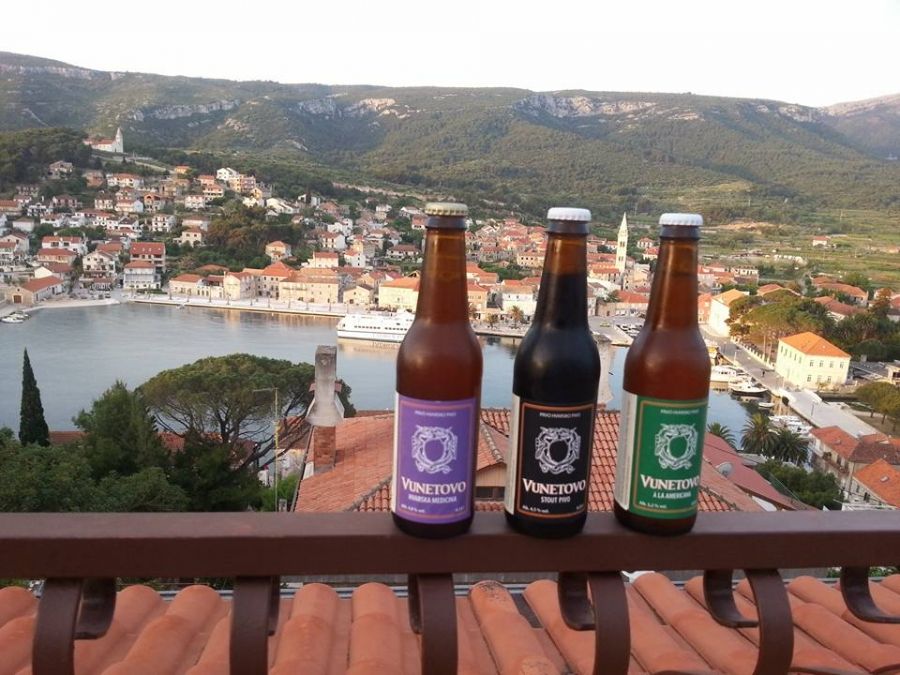
15. Hvar – a craft brewery from a Polish female brewer
We will come to the amazing wines of Croatian islands shortly, but did you know that the first island craft brewery opened a few years ago in Hvar Town? By a Polish beer enthusiast called Anna? Her Vunetovo micro brewery has gone from strength in recent years, and Anna’s wide selection of beers can increasingly be found all over Croatia. For the best experience, however, head to her Vunetovo tasting experience.
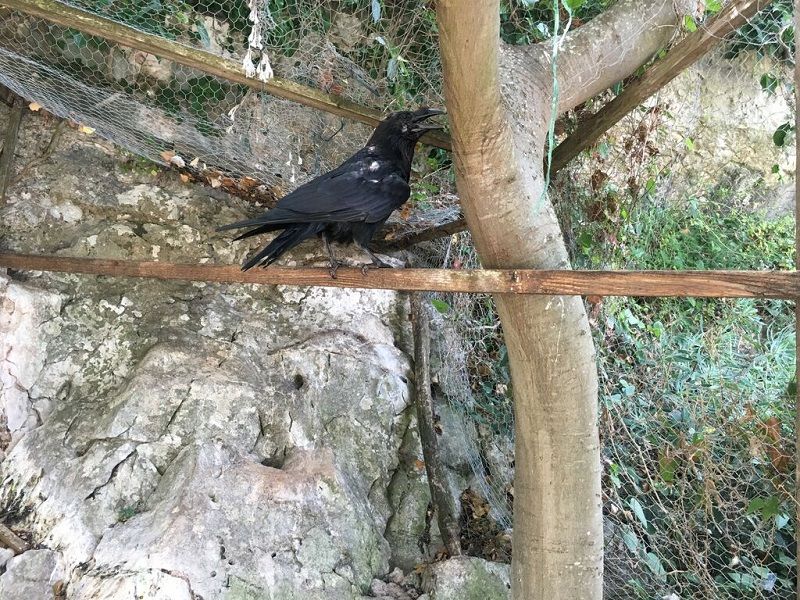
16. Kornati – a barking raven
“This is Spiro, a truly amazing raven,” a friend told me recently after a sailing trip to Kornati. “He talks, barks and does all sorts of things.” I checked out Spiro online when I got home. He does indeed have a few words and knows how to bark. He arrived as a young raven, all alone, and was adopted by the brothers and seemingly learned various habits from them and the dog. He spends some time in a cage when tourists are around, as he likes to take things like cigarettes, but mostly he roams free, flying away to explore other parts of this magical nature park by day, but always returning at night. Find out where to meet Spiro.
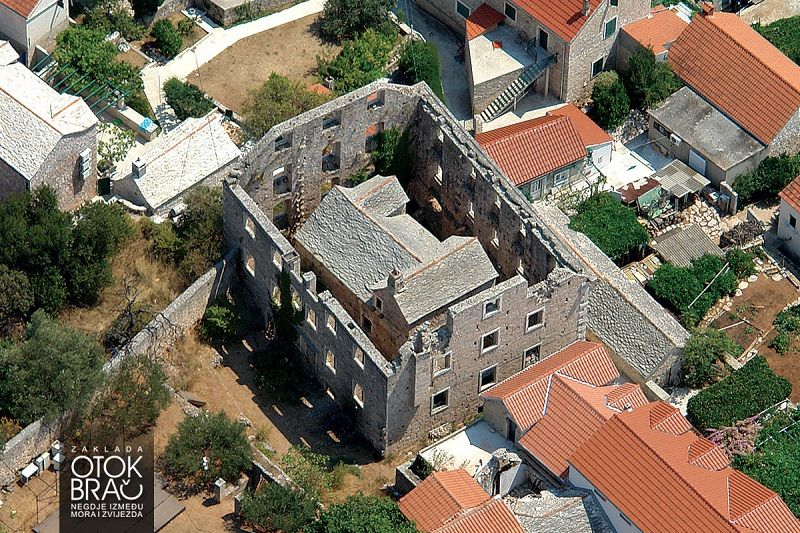
17. Brac – a house within a house
What to do if you want to buy someone’s house but they don’t to sell? Be Dalmatian and build a house around the house! That is exactly what happened to poor peasant Mirko on Brac in the 19th century when three rich brothers tried to buy his house. Marko had to leave the village due to a problem with the local authorities, and the brothers set to work. Things did not go quite according to plan, however, as they were killed in a storm on the way to Italy to buy materials for the house. It was never finished and remains today a popular tourist attraction in its incomplete state.
18. Mljet – mythical shipwreck central
If you had to get shipwrecked somewhere in the world, there are few better places to do so that a Dalmatian island. And if you had to choose one, where better than gorgeous Mljet, more than half of which is given over to a national park. It is also a sailing paradise and so I am not sure what was wrong with those boats in years gone by, but both St. Paul and Odysseus were shipwrecked here.
19. Korcula and Dugi Otok – human life dating back to 20,000 BC
Croatian island human heritage goes back a LONG way, much more than you would think. Take a look at the 20,000 BC findings at Vela Spila near Vela Luka on Korcula. And now meet Sime, the oldest known Dalmatian. Sime died aged about 40, in his cave on Dugi Otok, some 11,000 years ago…
20. Cres – the indigenous griffon vultures
While Brijuni may have imported some exotic creatures from all over the world, the island of Cres has its own fascinating indigenous wildlife in the shape of the indigenous griffon vultures of the island. Want to learn more and help with their preservation? There is some great work happening at the Cres Griffon Eco Centre.
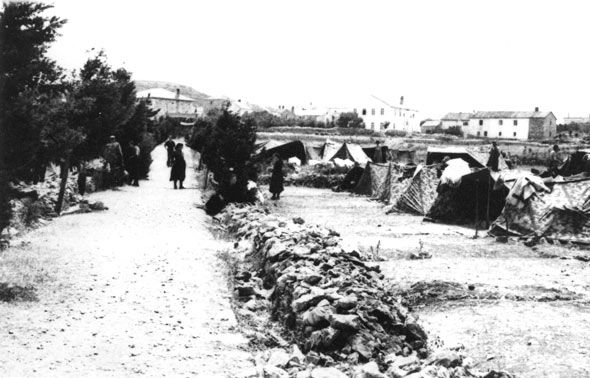
(Photo credit http://www.jusp-jasenovac.hr/default.aspx?sid=7275)
21. Molat and Goli Otok – former concentration camps
Croatia’s islands also have some darker secrets and were used for internment. The island of Molat was briefly an Italian concentration camp from 1942 to 1943, with some 25,000 prisoners interred and 500 dying (learn more here), while Goli Otok (literally, Naked Island) housed a camp of brutality under the watch of Tito. Here is a 1982 article from The Washington Post.

22. Solta – ostrich farm heaven
Looking for breakfast eggs which will really fill you up? Head to the island of Solta where OPG Vuletic has opened an ostrich far. Want to impress your friends with the size of your eggs? Visit the farm and pick up some ostrich eggs, big enough to feed five hungry mouths with one egg. More here (in Croatian).
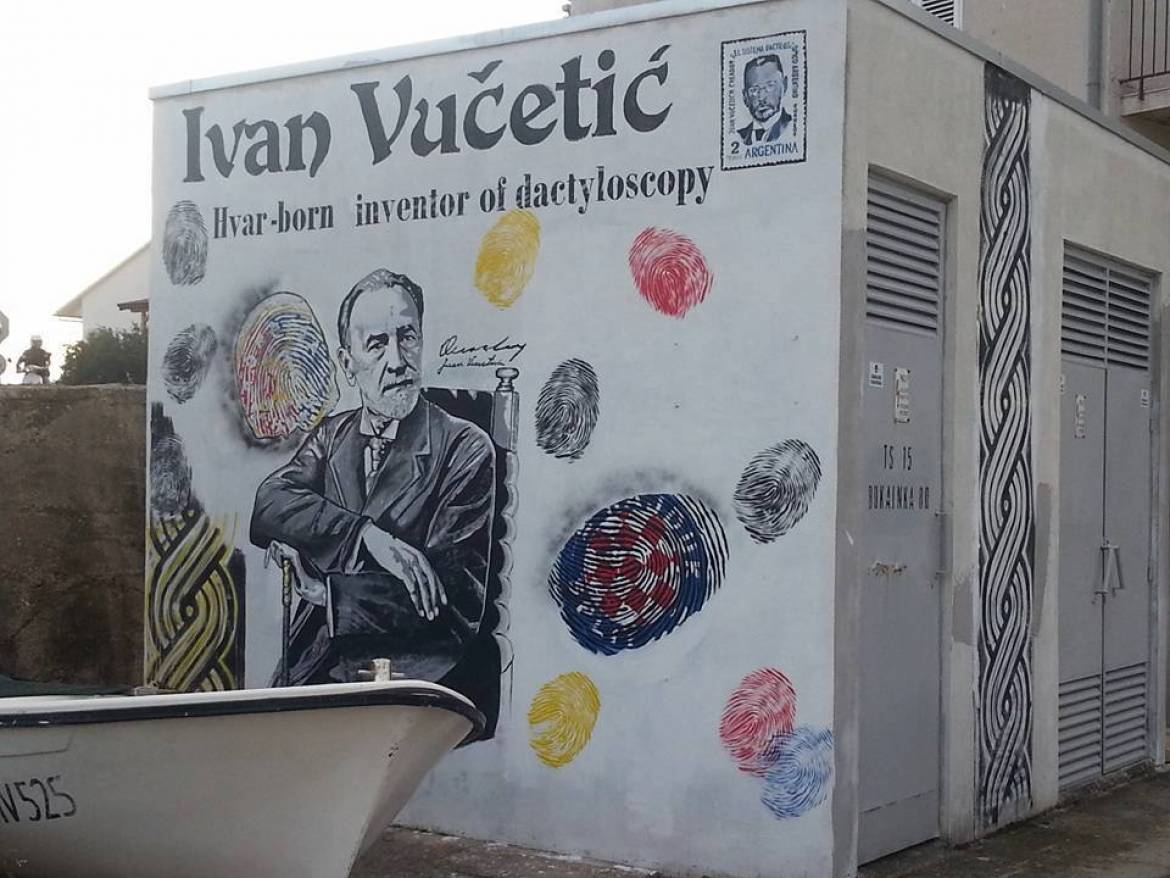
23. Hvar – birthplace of the godfather of fingerprinting
Croatia is a very safe country, but is that perhaps something to do with the fact that the father of dactyloscopy, Ivan Vucetic, comes from Hvar? This year will see the 160th anniversary of the man whose work as a policeman solving a murder in his new home of Argentina led to the discovery of the uniqueness of fingerprinting. There is a (belated) statue of Vucetic in Hvar Town, and the house of his birth has a plaque on the waterfront.
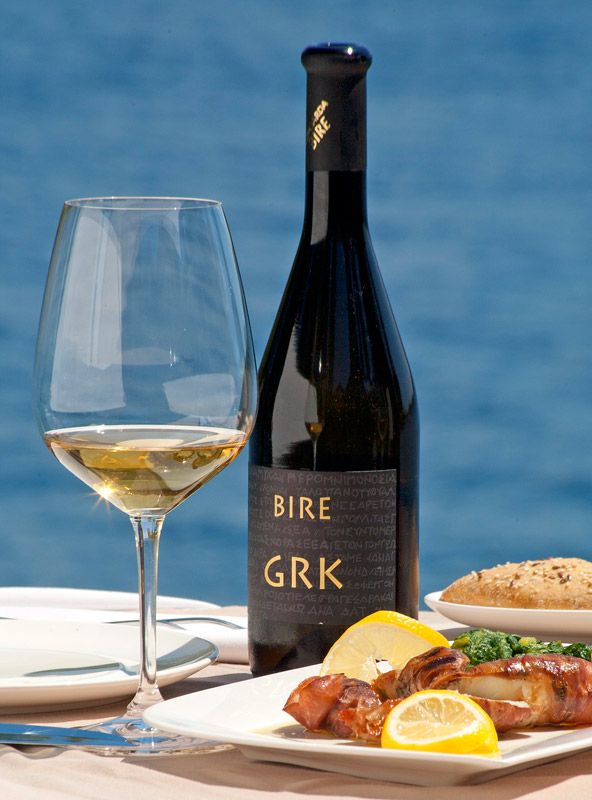
24. Indigenous grape heaven and a quality wine story dating back 2,400 years
Similar to olives, it is not a surprise to find that there is good wine to be found in Croatia, but delve a little deeper and the 2,400 year history is fascinating. Here you can find a powerful red which has a menu built around it in a 3-star Michelin star restaurant in Holland; a Master of Wine making outstanding wine from exclusively indigenous grapes; and speaking of indigenous grapes, there are LOTS to check out and explore. Find out why Croatia is becoming increasingly referred to as one of the most exciting wine regions on the planet and learn more about the indigenous grapes of Croatia’s islands.
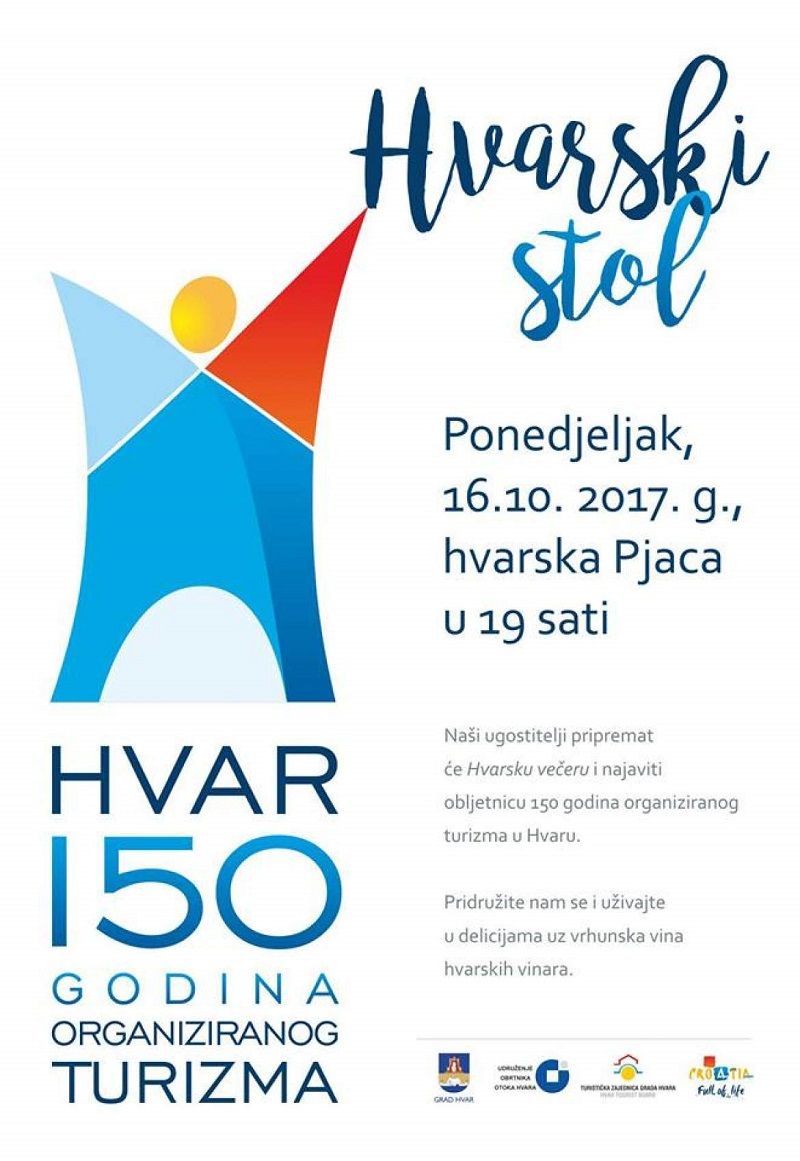
25. Hvar – the oldest organised tourism in Europe
And yes, organised tourism in Europe really did begin on a Croatian island with the founding of the Hvar Health Society in 1868. It is something you will be hearing a lot more about this year, as 2018 sees Hvar celebrate 150 years of organised tourism on May 15.
The islands of Croatia and as magical as they are diverse. Which one is your favourite? If you would like to learn even more about the majesty of the Croatian island experience, check out Croatian Islands: 25 Things to Know about the Gems of the Adriatic.

